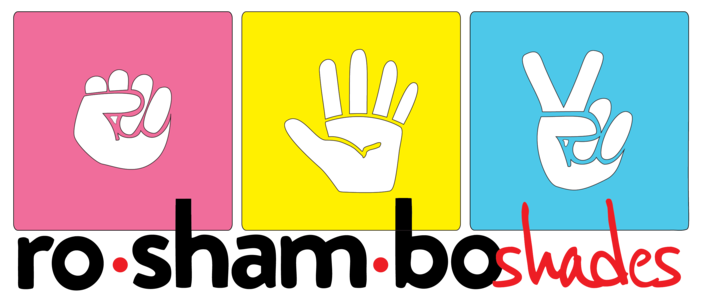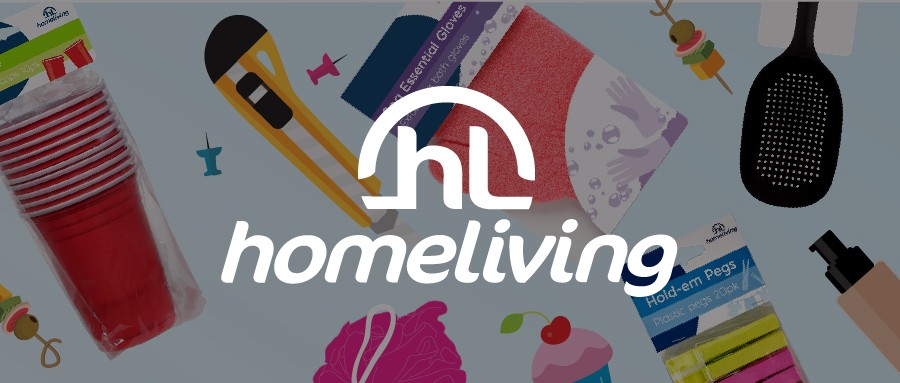How To Relieve Stress Quickly At Home
Introduction: Finding Calm in the Chaos
Stress is a natural part of life, but when it builds up, it can feel overwhelming and disruptive. Whether it’s due to work pressure, family responsibilities, or just the demands of daily life, stress can impact your physical and mental well-being. The good news is that there are simple, effective ways to relieve stress quickly at home, allowing you to regain a sense of calm and clarity.
In this guide, we’ll explore quick stress-relief techniques you can easily incorporate into your daily routine. These strategies are designed to provide immediate relief and can be done in the comfort of your own home, no matter how busy or overwhelming life feels.
1. Practice Deep Breathing to Calm Your Nervous System
One of the quickest ways to reduce stress is through deep breathing. When you’re stressed, your body’s fight-or-flight response kicks in, causing a rapid heart rate and shallow breathing. By focusing on your breath, you can activate the relaxation response and bring your body back to a calm state.
Breathing Exercise for Immediate Relief:
-
Box Breathing (4-4-4-4 method):
- Inhale deeply through your nose for 4 seconds.
- Hold your breath for 4 seconds.
- Exhale slowly through your mouth for 4 seconds.
-
Hold for another 4 seconds.
Repeat for 3-5 cycles to reduce anxiety and stress.
- Inhale deeply through your nose for 4 seconds.
Why it Works:
This type of breathing slows down the heart rate and calms the body’s stress response, helping you feel more grounded and relaxed.
2. Progressive Muscle Relaxation
Stress often manifests physically as tension in the body. Progressive Muscle Relaxation (PMR) is a technique that helps relieve this tension by tensing and then relaxing different muscle groups, guiding your body into a state of relaxation.
How to Do It:
- Start by sitting or lying in a comfortable position.
- Begin with your feet. Tense the muscles in your feet for 5 seconds, then slowly release the tension.
-
Move up to your calves, thighs, abdomen, chest, arms,
and finally your face.
- As you tense each muscle group, focus on how it feels, and then let go of the tension slowly.
- Breathe deeply throughout the process and focus on the relaxation that follows each release.
Why it Works:
By systematically relaxing muscle groups, you reduce physical tension and activate the parasympathetic nervous system, which promotes relaxation.
3. Take a Quick Walk or Stretch
If you’re feeling overwhelmed, getting up and moving your body can quickly help release stress. Physical movement increases blood flow and stimulates the production of endorphins, the body's natural mood elevators.
Quick Walk for Stress Relief:
- Take a 5-10 minute walk around your home or outside (even a few laps around your living room can help).
-
Stretch: Focus on gentle stretches to relieve tension in your neck, shoulders, and back. Try simple movements like neck
rolls,
shoulder shrugs, and forward bends to release tight muscles.
Why it Works:
Movement helps release pent-up stress, and the physical activity shifts your focus away from stressors, helping clear your mind.
4. Mindfulness and Meditation: Grounding Yourself in the Moment
Mindfulness practices, such as meditation or focused attention, can be powerful tools for quickly reducing stress. These practices help you disconnect from stressors and center yourself in the present moment, providing both immediate relief and long-term stress management.
Quick Meditation Technique:
- Sit or lie down in a quiet space.
- Focus on your breath, noticing the sensation of air entering and leaving your body.
- If your mind starts to wander, gently bring your attention back to your breath, without judgment.
- Focus on the present moment, letting go of worries and simply being present for a few minutes.
Why it Works:
Mindfulness and meditation help calm the mind by breaking the cycle of rumination, reducing anxiety, and promoting a feeling of peace.
5. Soothing Scents: Aromatherapy for Stress Relief
Scents have a direct connection to the brain’s limbic system, which controls emotions. Aromatherapy can be a quick and effective way to reduce stress and induce relaxation.
How to Use Aromatherapy at Home:
-
Essential oils: Use oils like lavender, chamomile, rose, or sandalwood
to create a calming atmosphere.
- Diffuser: Place a few drops of your chosen oil into an essential oil diffuser and breathe deeply.
- DIY sachets or candles: Light a scented candle or create a simple sachet with dried flowers and oils.
Why it Works:
Certain scents have a calming effect on the nervous system, reducing stress hormones like cortisol and promoting relaxation.
6. Listen to Music or Nature Sounds
Listening to calming music or nature sounds can have a profound effect on your stress levels. Music therapy is known to reduce tension and help regulate emotions.
How to Use Music for Stress Relief:
- Play soothing music (instrumental, classical, or gentle acoustic) in the background while you relax.
-
Try listening to nature sounds, such as rain, ocean waves, or birdsong, which can help calm the mind and improve focus.
Why it Works:
Music can alter brainwave patterns, helping you shift from a stressed, anxious state to a more relaxed one. Nature sounds have been shown to reduce physiological stress and create a sense of peace.
7. Journaling: Write It Down to Let It Go
Writing can be a powerful release for stress. When your thoughts are racing, journaling can help organize them and allow you to express difficult emotions.
How to Use Journaling for Stress Relief:
- Set aside 5-10 minutes to write down whatever comes to mind.
- Focus on writing about what’s causing your stress, but also take time to jot down things you’re grateful for.
- Try writing out positive affirmations, such as “I am doing the best I can,” or “I am strong enough to handle this.”
Why it Works:
Journaling helps clear your mind, process emotions, and refocus your thoughts in a more positive direction.
8. Take a Break from Screens
Constantly checking your phone or scrolling through social media can increase stress levels. Digital detox can help you reconnect with the present moment and reduce the constant influx of information.
How to Take a Break:
- Step away from your phone or computer for 15-30 minutes.
- Use the time to do something grounding: read a book, step outside, or engage in a calming activity.
- Try limiting screen time during the evening, as it can disrupt sleep patterns and increase stress.
Why it Works:
Taking a break from screens helps you reset mentally and emotionally, allowing you to focus on real-world interactions and activities that help reduce anxiety.
9. Practice Gratitude and Positive Thinking
Gratitude is a simple but effective way to shift your mindset and reduce stress. Focusing on what you are thankful for can help you stop dwelling on what’s going wrong.
How to Practice Gratitude:
- Each day, write down three things you’re grateful for.
-
Reflect on the positives in your life, no matter how small. This could be a beautiful moment, an act of kindness, or even something you’re
looking forward to.
Why it Works:
Focusing on gratitude increases positive emotions, reducing stress and boosting your overall mood.
10. Reach Out for Support
If stress feels overwhelming, talking to someone can provide immense relief. Whether it’s a friend, family member, or professional counselor, expressing your feelings and sharing your concerns can lighten the emotional load.
How to Reach Out:
- Call a friend or family member: Simply talking about your stress can help you feel heard and supported.
-
Seek professional help: A counselor, therapist, or support group can provide strategies to manage stress and anxiety.
Why it Works:
Talking to someone offers emotional support, reduces isolation, and helps you gain perspective on your stressors.
Conclusion: Finding Peace and Relief
Stress and anxiety are inevitable parts of life, but you don’t have to face them alone. By practicing these simple, practical techniques at home, you can relieve stress quickly and regain a sense of calm and control. Whether it’s deep breathing, exercise, mindfulness, or reaching out for support, taking small steps toward reducing stress can help you find balance and peace in your day-to-day life.
Next Step: Start by trying one or two of the strategies from this guide today. You deserve to feel calm and grounded, and with practice, you’ll find the tools that work best for you.
Call to Action: If you’re feeling particularly overwhelmed, consider reaching out to a therapist or counselor for additional support. You don’t have to manage stress alone—help is available.



.jpg)









.jpg)





.jpeg)





.jpeg)



.jpeg)








.jpeg)



.jpeg)

.jpeg)

.jpeg)

.jpeg)




.jpeg)
.jpg)

.jpeg)






.jpeg)
.jpeg)




.jpeg)





.jpeg)


.jpeg)

.jpeg)

.jpeg)

.jpeg)







.jpeg)
.jpeg)
.jpeg)





.jpeg)



.jpeg)






.jpg)
.jpeg)









.jpg)


ulva-Logo.jpg)




.jpeg)



.png)















.png)
























